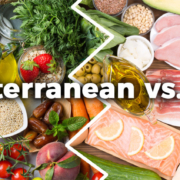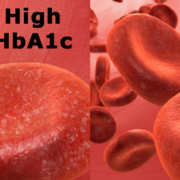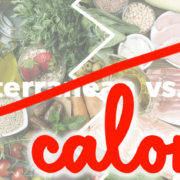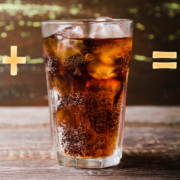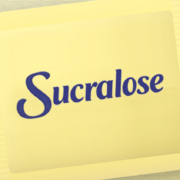Myths Busted: Eat Your Fruit
If you’ve watched the video, you know Dr. Berry gave three myths of the sugars in fruit. We addressed Myth One and Myth Two in Tuesday’s Memo. Today let’s examine Myth Three, and then consider whether fruit will cause non-alcoholic fatty liver disease.
Myth Three: Fiber, Vitamins, Minerals, and Phytonutrients Aren’t Important
This myth is sort of grasping at straws to try to prove a point. He claims that the fiber, vitamins, minerals, and phytonutrients in fruit are meaningless because of all the sugar in the fruit. He makes the comparison of adding those nutrients to a 20-ounce cola and then asking if we would feed that to our child.
Let’s get the facts straight. A 3.3 ounce orange contains a total of 8.5 grams of sugars with all the associated nutrients that he’s saying aren’t important, and he’s comparing that to a 20-ounce cola with 65 grams of high-fructose corn syrup with some of those nutrients added. While the molecules may be identical (Myth Two), there are differences in metabolism between sucrose and high-fructose corn syrup he doesn’t seem to understand. A better way would have been to use equivalent serving sizes. Even better, don’t force an issue that’s marginal, at best, and uses observational science as the foundation.
Okay, I’ve used the term “observational science” several times—what does that mean? Dr. Berry appears to be a very good physician who has helped many people overcome type 2 diabetes and other metabolic disorders using a ketogenic diet. He deserves credit for that, but when you use what you observe as the basis for recommendations for everyone, that’s stretching it.
According to an observational rooster, his crowing makes the sun rise every morning. Observation alone isn’t enough basis for these kinds of recommendations. Unless you have documentation that someone eating 3.3 ounces of lemon containing a total of 2.3 grams of all sugars will spike her insulin and glucose levels, the argument is baseless. In fact, every example he gave should have actual examples to support it, not from the published science but from actual experience. (That would be easy enough to do just by feeding subjects the food in question and then checking their blood sugar at certain intervals.) And it should be published as a case study in a medical journal, because that metabolic response would be unusual to say the least. Until then, it’s observational science and is not meaningful applied to anyone else. Leave the observational science behind unless you have the data to support it.
The Bottom Line
In doing the background research, I found that eating fruit does not appear to be a cause of non-alcoholic fatty liver disease or even a fatty liver. Obesity always seems to precede metabolic disorders that lead to a fatty liver in the vast majority of people. The DASH Diet and the Mediterranean diet, which both recommend fruit, are often recommended to treat a fatty liver, and research shows they work—and that’s the complete opposite of what he recommends.
If you’re concerned about a fatty liver, don’t give that banana or bowl of berries a second thought; focus instead on weight reduction. As always, the key is the calories. Eat less. Eat better. Move more.
What are you prepared to do today?
Dr. Chet
References:
1. Br J Nutr. 2020 Jul 14; 124(1): 1–13.
2. Iran J Public Health. 2017 Aug; 46(8): 1007–1017.


